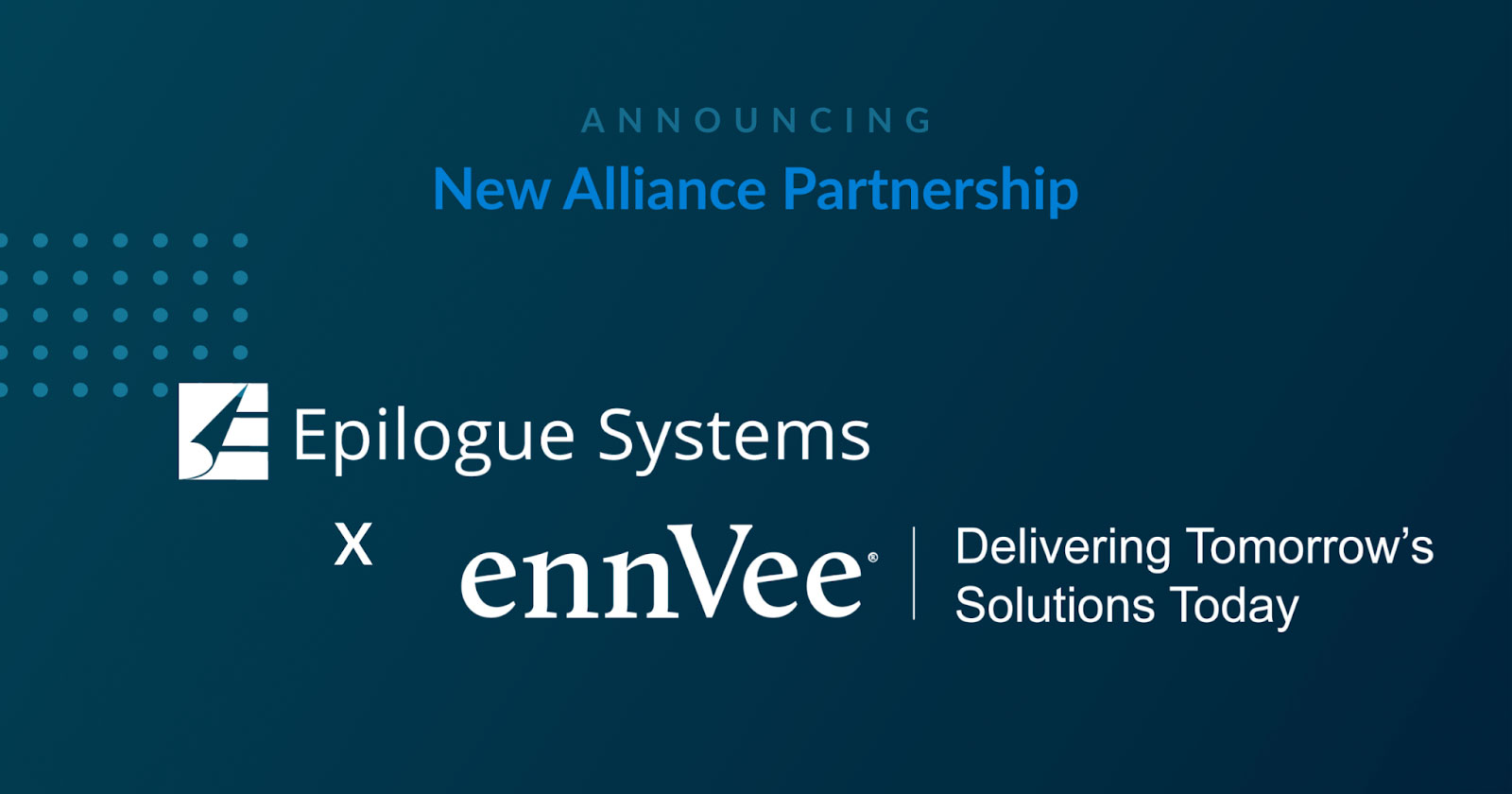
Thanks to advancements in technology and globalization, the world continues to change at a rapid pace. As a result, competition in many fields has become fierce, with only the most adaptable businesses thriving. Key organizational best practices and policies can quickly be rendered dated or obsolete, so modern organizations must be flexible.
Every employee in an organization should be on board with changes in order to ensure smooth transitions. However, not everybody is hardwired to openly accept change. As a result, some employees may resist it — and resistance can shutter productivity. Proper change management and earning stakeholder buy-in is essential.
How should you address resistance to change? This article will explore the reasons for resistance to change and provide actionable advice to bolster your organization’s flexibility.
What Is Resistance to Change?
When people interpret an impending change as a threat to themselves or to an organization as a whole, they may resist that change. This is true of any development, whether it will truly affect them negatively or not.
There are many motivations for resistance to organizational change which are often based on feelings of complacency or fear. Such emotions can inspire groups or individuals to protest changes — whether passively or actively, consciously or subconsciously. Their behavior may hinder the implementation of change through everything from an organized protest, to silent refusal, to simple reluctance.
The net result could be an inflexible, unadaptable workforce. In a world in which market changes and technologies shift at a blistering pace, resistance to change can have devastating impacts on an organization.
Types of Resistance to Change in Organizations
Every organization has stakeholders who can experience and express resistance to change. Each is vulnerable to several different types of organizational change.
- Individual: One of the most common types, individual resistance occurs when an employee, stakeholder, or customer wishes to avoid change. This is sometimes tied to logical security or economic concerns, but it is often the product of habit or fear of the unknown. An example of individual resistance is employees hesitating to adopt a process in a new application instead of continuing to do it they way they are accustomed to.
- Organizational: When it comes to embracing change, organizations tend to be fairly conservative. This is often due to the ways in which the structure of an organization can discourage change, as organizational hierarchies, selection and hiring processes, and group norms are naturally developed to create stability. This is a phenomenon called structural inertia. Groups, teams, departments, or leadership may resist change due to this form of inertia. An example of organizational resistance is when a hiree for a brand new position is unable to assimilate into a workforce smoothly due to existing expectations and a lack of communication from departments.
- External: While occurring from outside an organization, this type of resistance can be debilitating. When customers, clients, or other external stakeholders resist change, they are taking part in external resistance. This typically only occurs when organizational change manifests itself in how goods, services, or communications are delivered. People are creatures of habit. When an organization experiences change — no matter how slight — external stakeholders may resist. An example of this is when clients struggle or outright refuse to adopt new processes.
What Causes Resistance to Change?
There are countless causes for resistance to change for each of the types listed above. Many of these are associated with one of three broad issues:
- Lack of communication: If people are not kept informed about the reasons and methods involved with organizational changes, they are unlikely to support them. When such changes are implemented without prior stakeholder awareness and buy-in, they will inevitably face resistance. Stakeholders may feel undervalued or excluded. This can also result in a severe loss of trust in organizational leadership.
- Distrust in leadership: For a leader in an organization, trust can be difficult to earn and easy to lose. When an organization demonstrates a pattern of failing to satisfy employees and customers, distrust may become an issue. When stakeholders distrust leadership, they are prone to resist any changes brought to the table. While communication issues are not typically solely to blame for a general lack of trust in leadership, they can greatly contribute to this issue.
- Fear: People naturally fear the unknown. Further, employees universally value job security and fear becoming obsolete. Organizational changes can result in an untold number of unknown consequences, potentially transforming certain positions within the organization or rendering them entirely redundant. Obviously, such changes may lead to resistance to change.
Of course, not all causes fit cleanly into one of these categories. Employees may resist change merely because they want to avoid extra work. Some stakeholders may have little experience with processing organizational change. Simple inertia can lead many people to resist change.
No matter the reason, however, resistance to change can be greatly exacerbated by inadequate change management.
Managing Resistance to Change
Addressing the potential causes for resistance to change requires assessing the needs of your stakeholders and planning appropriately. This involves the creation of a change management plan. This is a document that helps an organization control the scope and budget of proposed changes, determine an appropriate timetable to implement the change, and mitigate any negative repercussions as a result of the change.
Importantly, a change management plan should also account for potential causes of resistance. Each of the following tips can be used to manage resistance to change. While many of these will require change management skills and care, they will result in much smoother transitions in times of organizational change.
Communicate Regularly and Clearly
Many causes of resistance are related to a lack of trust as a result of inadequate communication. You can’t earn stakeholder buy-in without regular and clear communication. Frequent communication will help you assess your organization’s readiness to embrace change and effectively set the groundwork for future changes. Early on, you must clearly state the purpose, scope, milestones, and expected benefits of any organizational change.
Each stakeholder must be informed. When communicating with senior management, be sure to do your research and provide specific goals and calls to action. When discussing changes with employees, facilitate open communication in order to identify and address the causes of resistance collaboratively. You should address clients and other stakeholders in a way that acknowledges that you understand how prospective changes may affect them.
Communication skills are paramount. No matter who you’re communicating with, be receptive and responsive to feedback. You may get complaints or comments in person or in email. Respond to these thoughtfully, and revise your change management plan if necessary. You may even notice cues of discomfort or confusion in the facial expressions or body language of stakeholders. In these cases, be proactive; ask questions to determine the source of tension.
Managing assets and engaging employees while undergoing organizational change can seem difficult, but it can be made easier with the right tools. Note that many complaints may be addressed by incorporating software that streamlines processes and offers guidance. This can help employees by giving them the tools to help themselves. While this won’t eliminate the need for attentive management, it will lead to a far more adaptable workforce.
Take Time to Understand Resistance
Every organization has different power structures, routines, beliefs, and values. Organization-wide changes can also impact hundreds or even thousands of individuals with different concerns and motivations. As such, the causes of organizational resistance are unique. Therefore, taking time to understand resistance is necessary to meaningfully address it.
Know that some causes are not easy to identify, even for those experiencing it. Poor leadership or a lack of control in regards to organizational changes can even lead to employee burnout. Some causes, such as distrust in leadership or unexplained fear, require explication. Create safe channels of communication in which stakeholders can feel secure sharing their thoughts and opinions.
If the resistance is due to structural inertia, the specific policies and processes that restrict change must be identified. Identify pain points. Is there a lack of interdepartmental communication? Are software limitations to blame? You can only overcome pain points once you have determined what they are. Understanding the specific cause of resistance is vital to achieving greater organizational flexibility.
Be Prepared to Adjust the Change Plan
An organization must be able to change to meet the needs of the modern workforce and market. Ironically, one of the most common and biggest mistakes organizational leaders make is being inflexible when it comes to their change management plan. Here are some essential aspects of making your change plan more adaptable:
- It’s important to implement changes incrementally. This enables leadership to pivot when needed, addressing stakeholder concerns as they surface.
- When adjustments are made to your change plan, communicate the reason and purpose for those adjustments to all stakeholders.
- Be willing to accept when a change is not working out. Adjusting a change plan or outright reverting back to old processes isn’t a sign of weakness; it’s a sign of receptive and understanding leadership.
Create Opportunities for Engagement and Participation
Stakeholders should play an active role in the change management process. Get stakeholders talking to each other. Give them enough information to take part in meaningful discussions about organizational changes. Proactively encourage stakeholders to participate — they should know that they have the means to express their needs and concerns. When conflicting requests arise, discuss them openly, mediating when necessary to ensure every voice is heard.
Indeed, it should be clear to all stakeholders that their voice is valued. When individuals are given some degree of agency over organizational change, they may be more likely to accept it. Further, this can bolster trust and loyalty in the organization as a whole, which can greatly improve future attempts to embrace change.
Take Fears and Concerns Seriously
When introducing change to the workplace, we often develop blind spots to the concerns of others. Harvard Business Review (HBR) refers to this as “self-preoccupation.” HBR writes, “ … staff specialists (can) get so engrossed in the technology of the change they are interested in promoting that they become wholly oblivious to different kinds of things that may be bothering people.” Don’t make this mistake; take the time to engage stakeholders. Demonstrate that you understand and wish to address their fears and concerns.
Make it a point to keep open channels of communication. Focus on providing methods for individuals to convey concerns or discomfort without fear of reprisal. It is also important to not interpret negative feedback merely as a sign of resistance to be suppressed. Instead, it should be used objectively to inform the organization’s change management plan.
Provide Adequate Training and Support
Training can help employers address employee weaknesses, improve productivity, and ensure employee job satisfaction. During times of organizational change, the need for training and support increases. The change management skills and digital skills required to adopt changes in the modern workplace demand it.
Changes in work processes should be introduced incrementally. They should be a point of focus during meetings, and employees should be given reference material to help them navigate their new workflow. With time and practice, employees can adapt with minimal issues.
When it comes to software, certain applications have built-in information and support that can help employees learn new skills more quickly. Many software developers opt to include in-app guidance systems, which can greatly improve workers’ ability to adapt.





